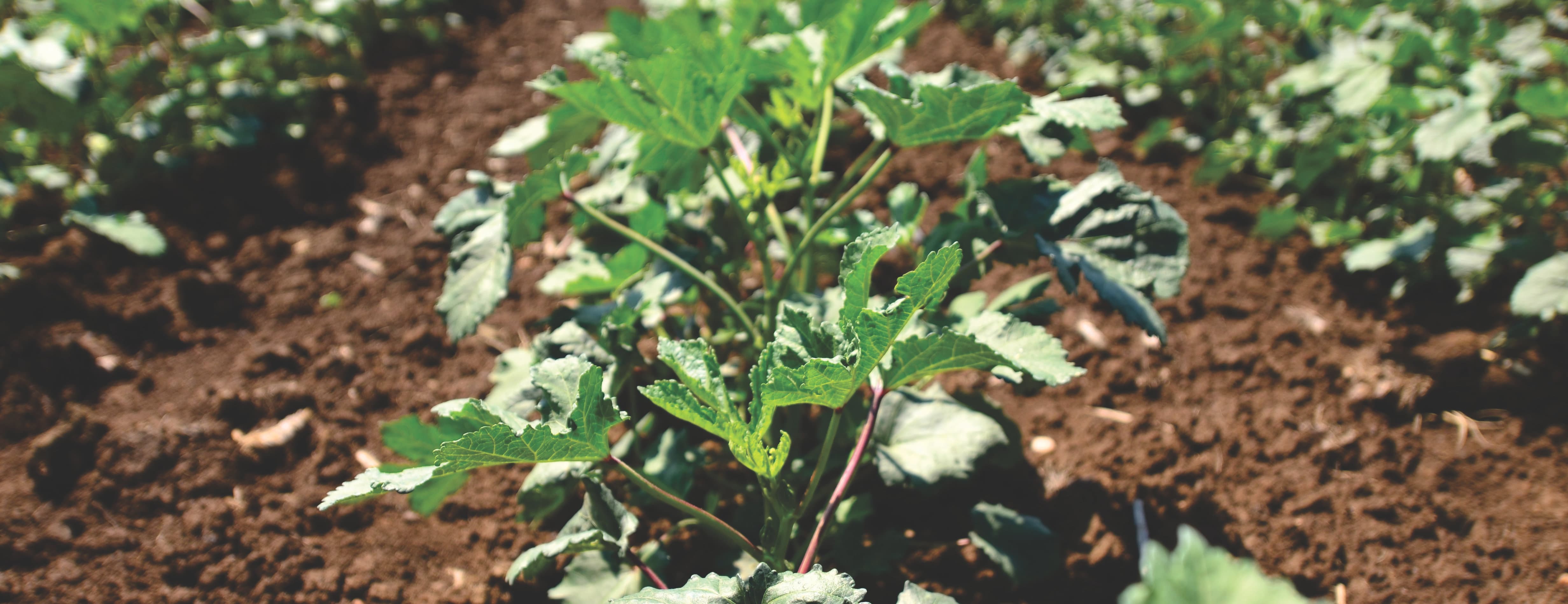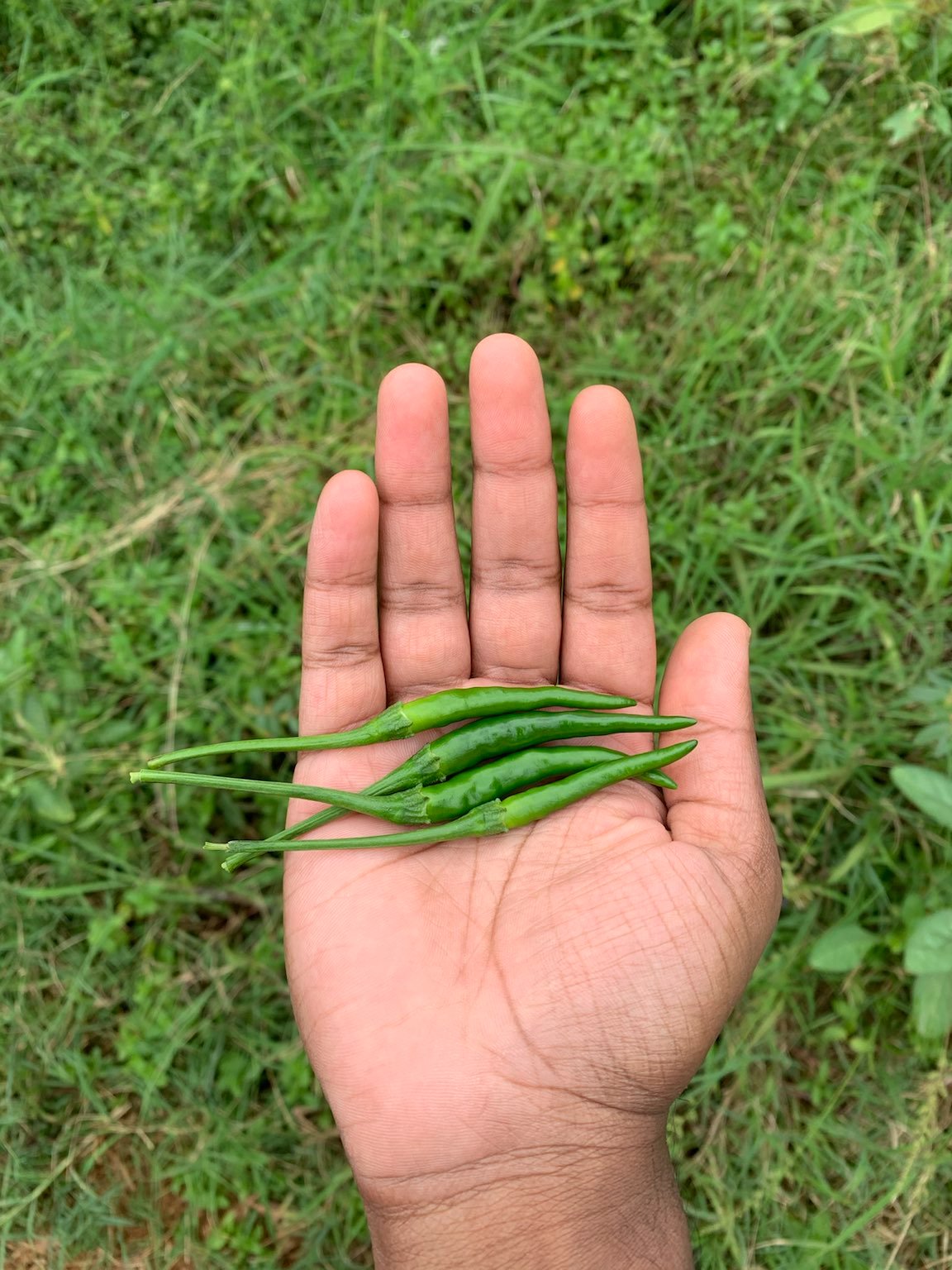

As the second wave of the COVID-19 pandemic pushed us all indoors and closed our doors yet again, we decided to put that time to good use, moved to our farms and got an up close and personal look at the research and development work currently being conducted by our team there. Here’s what we took away from the experience.
The intention of this R&D work was to gain a deeper understanding into why crops grow the way they grow, and how we can use findings from modern science to make that process more efficient and more beneficial for both the grower and the consumer.
Based on the advice we received from senior agricultural scientists, we chose 3 varieties of chilly and okra to experiment with, from among the dozens that were available to us. These are varieties popular in parts of Andhra Pradesh, Karnataka and Tamil Nadu. Our agenda was to obtain a clear picture of the differences in the potential yield of each variety, as well as what pests and diseases they are each vulnerable to.
After conducting soil and water tests, and receiving recommendations from the labs, we began work accordingly on the one acre of land that we designated for research. The seeds were sown and farmyard manure was largely used for fertilizing based on the feedback we received from the soil tests. We also decided to go the neem oil route for pest control. Over the next few weeks, the seeds germinated, the first true leaves arrived and the plants began to show us what they were capable of. We noticed that each variety has its own unique growing pattern, and some varieties are more resistant to pests and disease than others. In general, okra seems to be a tougher, more pest-resistant crop than chilly, but because of the cloudy weather, its germination rate was a little lesser – about 70-80%, compared to almost 100% for the chilly. Once the produce is harvested in the upcoming weeks, samples can be sent to buyers as well as to taste labs to check for quality.
So much for the crops themselves. Sasya, after all, is as much about the farmer and the farmer’s well-being as it is about growing clean and healthy produce. Right from when sowing began, we worked closely with the team on the ground, and were struck by the realization that although in general speech the term “farmer” seems to refer to anyone involved in the growing process, there are stark differences in the treatment, the health and the livelihoods of farm “owners” and farm “labourers”. The latter seem to be a lot more neglected, and clearly deserve more attention than they currently receive.

These labourers have limited access to current information and hygiene awareness, and often employ farming methods derived from their ancestors, with little to no exposure to more efficient technology and practices. Getting them to that place is no easy task of course, but I believe that if we take it slow (but consistent) and provide them with access to one good agricultural practice at a time, we can lift them to a much better place than where they have been forced to remain all this while. And that for us, is our main takeaway from this endeavour. While the vision of Sasya was originally to uplift the farmer, we have now come to the realization that it is essential for every farm labourer at the grassroots to be included in that vision as well.
Our next research project is going to feature baby corn. The land is already being prepped for it, and we are very excited to see what more we are going to gain from that experience!